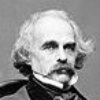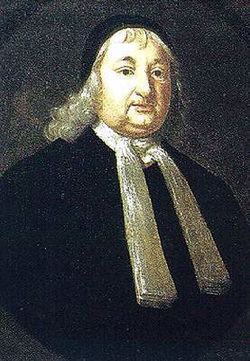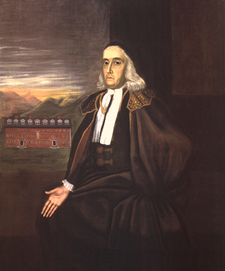Judges
John Hathorne

He later sentenced Burroughs to death in the 1692 witch trials. Hathorne believed the devil could use witches to undermine the purpose of the church and do harm to people. Because of this belief, Hathorne and another justice of the peace, Jonathan Corwin, took very seriously complaints about suspected witches. Both immediately issued warrants for Sarah Good, Sarah Osborne, and Tituba when witchcraft accusations were made against them. As justices of the peace, Hathorne and Corwin conducted initial examinations of the suspected witches. Hathorne often appeared to act more as a prosecutor than an impartial inquisitioner.
Samuel Sewall

Governor Phips appointed Sewall to the Court of Oyer and Terminer on May 27, 1692. Sewell's diary entries provide important information about the Salem witch trials. The diary entries reveal little personal reservations or remorse concerning his own role in the conduct of the trials. In December 1696, however, Sewall wrote a proclamation for a day of fast and penance and reparation by the government for the sins of the witchcraft trials.
William Stoughton

Following the outbreak of witchcraft accusations in Salem, Phips appointed Stoughton chief justice of the newly formed court of oyer and terminer. Stoughton, possibly because of both his past theological training and lack of legal training , allowed many deviations from normal courtroom procedure during the witchcraft trials. In addition to admitting spectral evidence, the court allowed private conversations between accusers and judges, permitted spectators to interrupt the procedures with personal remarks, forbid defense counsel for the accused, and placed judges in the role of prosecutors and interrogators of witnesses.
